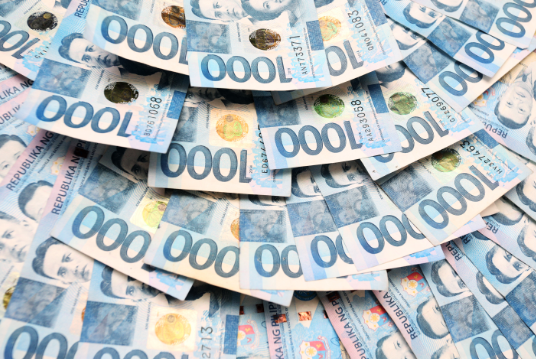BSP to still print current P1,000 banknotes alongside controversial new design
MANILA, Philippines — The current P1,000 bill that features the images of Jose Abad Santos, Vicente Lim, and Josefa Llanes Escoda will remain in circulation alongside the proposed new polymer banknote that replaces the three Filipino World War II heroes with a Philippine eagle.
In a press briefing, Bangko Sentral ng Pilipinas (BSP) Governor Benjamin Diokno defended the controversial move that has drawn criticism from various sectors since it was announced last week.
“The BSP will continue to print the existing P1,000 banknote featuring the three heroes, even as we circulate the new P1,000 polymer banknotes,” he said, adding that the current design will not be demonetized and that there will be no demonetization of any denomination during his term.
“Heroes will remain heroes whether they’re on the notes or not,” Diokno added. “The P1,000 paper banknote featuring Jose Abad Santos, Vicente Lim, and Josefa Llanes Escoda will remain in circulation alongside the new P1,000 polymer banknotes.”
Critics of the move fear that the central bank’s policy of shifting the design focus of peso banknotes to the country’s endemic flora and fauna is part of a broader move to remove the images of all prominent historical personalities from Philippine currency.
Article continues after this advertisementDiokno said, however, that the changing theme is only part of a cycle “intended to accommodate and celebrate numismatic artistry and dynamism.”
Article continues after this advertisement“Throughout the past few decades, the BSP has featured both our heroes and our natural environment in our currency,” he said. “We believe both are important: our cultural preservation and promoting our heritage. Both are worthy of being celebrated through our coins and banknotes.”
“Like the heroes theme, the flora and fauna theme will also demonstrate our pride and distinction as a people and nation,” Diokno explained, adding that the new design will remind Filipinos of the nation’s “commitment to secure a sustainable future for everyone.”
He said the central bank’s Monetary Board chose the Philippine eagle — already featured in peso currency in previous years — because it is an endangered species and one of the world’s most powerful birds of prey.
“We chose the Philippine eagle for the P1,000 polymer banknote, the highest denomination, because it depicts strength and freedom of Filipinos, as well as independence and clear vision of the BSP to help achieve a better and more inclusive economy.”
The new banknotes that will be made of polymer will enter its test circulation phase in April or May next year, during which authorities will be able to validate whether the benefits reported by other countries are applicable locally.
In particular, Diokno said polymer banknotes are more hygienic, more environmentally friendly, more secure, and more cost-efficient.
“The [P1000 bill is] largest denomination and the most widely circulated in the Philippines,” he said. “It is also the subject of the highest number of counterfeiting attempts although it has the highest number of security features and, is thus, the hardest to forge.”
